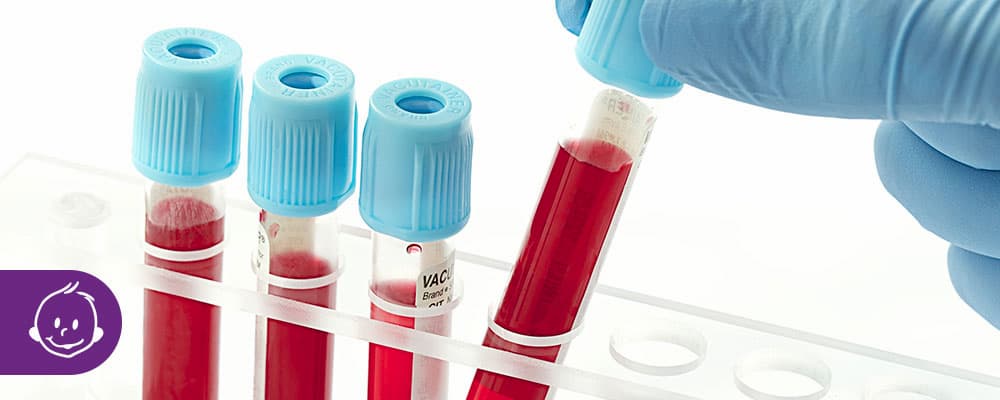To our valued patients, with regards to the situation in Alabama Read More
- Chattanooga: 423.899.0500
- Knoxville: 865.692.3433
- Chattanooga: 423.899.0500
- Knoxville: 865.692.3433
To our valued patients, with regards to the situation in Alabama Read More

While all of us age, not all show the same physical effects of that aging. There are many things we can do to lessen the physical effects of aging (eating a healthy diet, avoiding smoking and excess alcohol, getting adequate sleep and exercise), but some degree of aging is inevitable. From a fertility perspective, assessing ovarian aging is very useful for planning treatment and for determining the likelihood of successful pregnancy.
There are two main ways that ovarian reserve (how many good eggs are still in reserve in your ovaries) is measured. While neither method is perfect, we can get a pretty good idea of where things stand, especially when we combine the tests.
The first way to measure ovarian reserve is to check the level of Anti-Mullerian Hormone (AMH). AMH is produced by cells that surround immature eggs in the ovaries and give us an estimate of how many eggs remain in the ovaries and how many eggs we can expect when we stimulate the ovaries. In general, higher numbers are better, although very high levels may predict increased risk of excessive response to the stimulation medications.
The second test is the clomiphene citrate (clomid) challenge test (CCCT).
As we discussed in the blog about genetic testing of embryos, a major part of the inefficiencies of human conception, when compared to the animal world, has to do with the high percentage of human embryos containing too few or too many chromosomes – a situation known as aneuploidy (embryos with the correct number are known as euploid). With only rare exceptions, these embryos either do not produce pregnancies or end in miscarriage. The percentage of aneuploid embryos increases with age. We know that by age 36 or 37, about half of normal-appearing embryos produced from in vitro fertilization show these abnormalities. Studies show that the same process occurs in naturally conceived embryos as well, with the frequency of those abnormalities increasing with age.
One test that has been seen to predict the likelihood of aneuploid embryos is the level of follicle stimulating hormone (FSH) on day two or three of the cycle. FSH is what the pituitary gland produces in order to stimulate egg development for that cycle. The higher the level, the harder the pituitary gland is working to recruit eggs for that cycle. It is a backwards way to evaluate ovarian responsiveness.
As a woman ages, levels of FSH early in the cycle become higher and higher, signifying that the eggs now present are more difficult to bring to ovulation and have higher rates of aneuploidy. If the day three FSH reaches certain levels, expected pregnancy rates are very low. While this test alone is useful, we know that the FSH levels of women vary from cycle to cycle, making it possible for a woman to receive false assurance that every thing is OK, whereas re-measurement in a subsequent cycle may well show a more worrisome result.
One way to more fully assess the situation is to perform a clomiphene citrate challenge test (CCCT), more commonly referred to as a clomid challenge test. In this test, blood is obtained on day three of the cycle, and if FSH levels are in the normal range, clomid is prescribed on days five through nine of the cycle. Since clomid blocks the pituitary gland’s ability to detect estrogen, the pituitary is “tricked” into thinking that no estrogen is being produced by the ovary and sends out more FSH to further stimulate the ovaries. This increase in FSH should result in a more rapid and profound increase in estrogen from the ovary, and by day 10, when the clomid is removed, the pituitary gland now sees all the estrogen and rapidly decreases the FSH output. A repeat blood test should reveal FSH levels to have fallen back into the normal range – ideally a bit lower than they were on day three. If those FSH levels keep climbing, it means that ovarian response has been poor and correlates with an increased likelihood of aneuploid embryos being formed.
Ovarian reserve testing is very useful in helping us advise couples how aggressive treatment should be in order to maximize their chance for pregnancy.